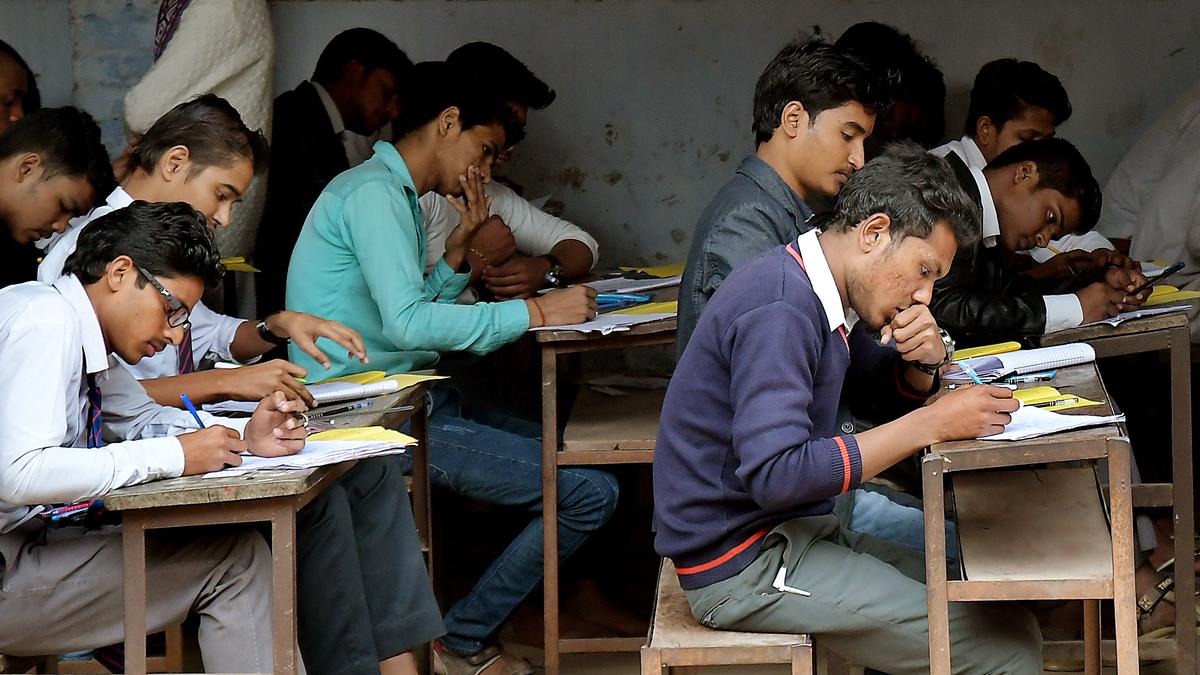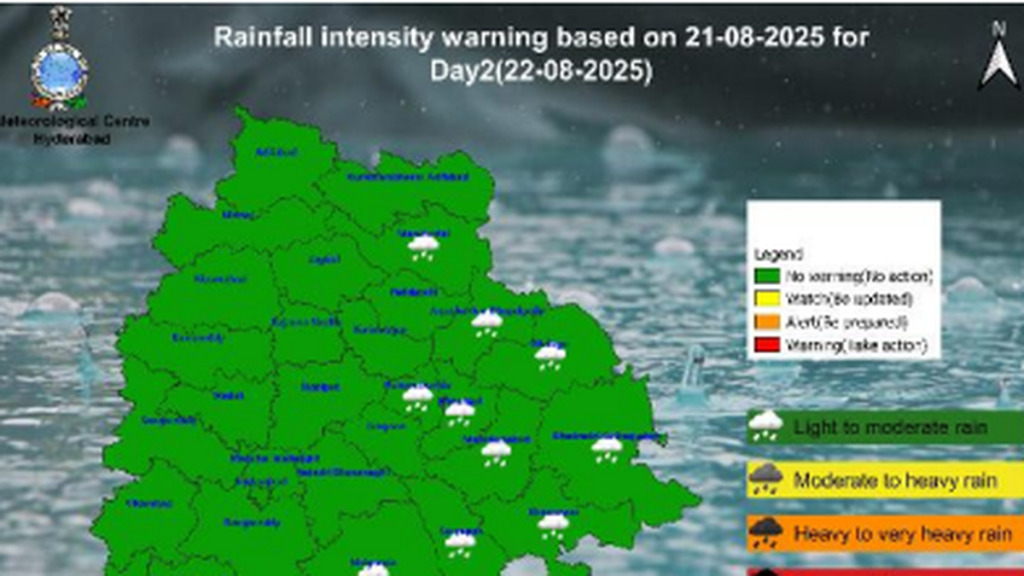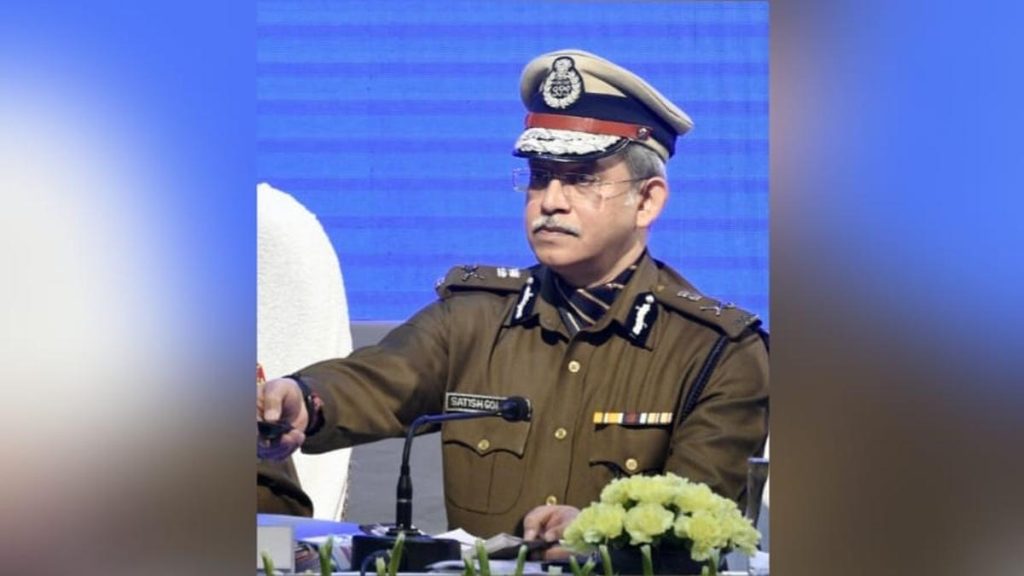Now Reading: Parliament Panel Flags Poor Representation of Marginalised Students in Private Higher Education
-
01
Parliament Panel Flags Poor Representation of Marginalised Students in Private Higher Education
Parliament Panel Flags Poor Representation of Marginalised Students in Private Higher Education

Quick Summary
- A Parliamentary Standing Committee on Education, led by Congress leader Digvijaya Singh, highlighted low depiction of SC, ST, and OBC students in private higher education institutions.
- Representation data cited: OBC students constitute 40%, SC 14.9%,and ST 5% across private institutions.
- Examples from specific institutions:
– Birla Institute of Technology and Science (2024-25): Out of 5,137 students, only 514 were OBCs (10%), SCs were 29 (0.5%), and STs were four (0.08%).
– O.P. Jindal Global University: Less than 1% representation for both SCs and STs out of a total student population of 3,181.
– Shiv Nadar University: Out of a total student count of 3,359, only 1.5% were SCs and nearly 0.5% were sts.
- Recommendations:
– Implement reservation quotas in private higher education proportional to the population sizes of these communities.
– Ensure compliance through central oversight bodies such as UGC or commissions for backward classes/SC/ST communities with annual reporting requirements for admission data.
– Apply the reimbursable quota model used in Section 12(1)C under the Right to Education Act to private higher education institutes.
Indian Opinion Analysis
The report underscores persistent inequities within access to education for marginalized groups at the highest levels in India’s educational system despite constitutional provisions like Article 15(5). The committee’s recommendations appear grounded in addressing structural barriers through standardized enforcement mechanisms overseen by central authorities such as UGC or relevant commissions.
While moving forward on this front could enhance equitable access to educational opportunities nationwide-particularly among historically disadvantaged groups-its implementation may require careful balancing between policy-driven quotas and concerns from privately-funded institutes regarding financial sustainability or autonomy.Adopting successful models similar to those followed under RTE Act could mitigate potential friction by ensuring adequate reimbursements alongside operational feasibility within these educational frameworks-a key point flagged by policymakers hear. These measures hold significance for india’s broader push toward social justice amid growing aspirations around inclusive development.
Read more: The Hindu
























